Home>Renovation & DIY>Tools & Equipment>Which Screwdriver Bit To Use
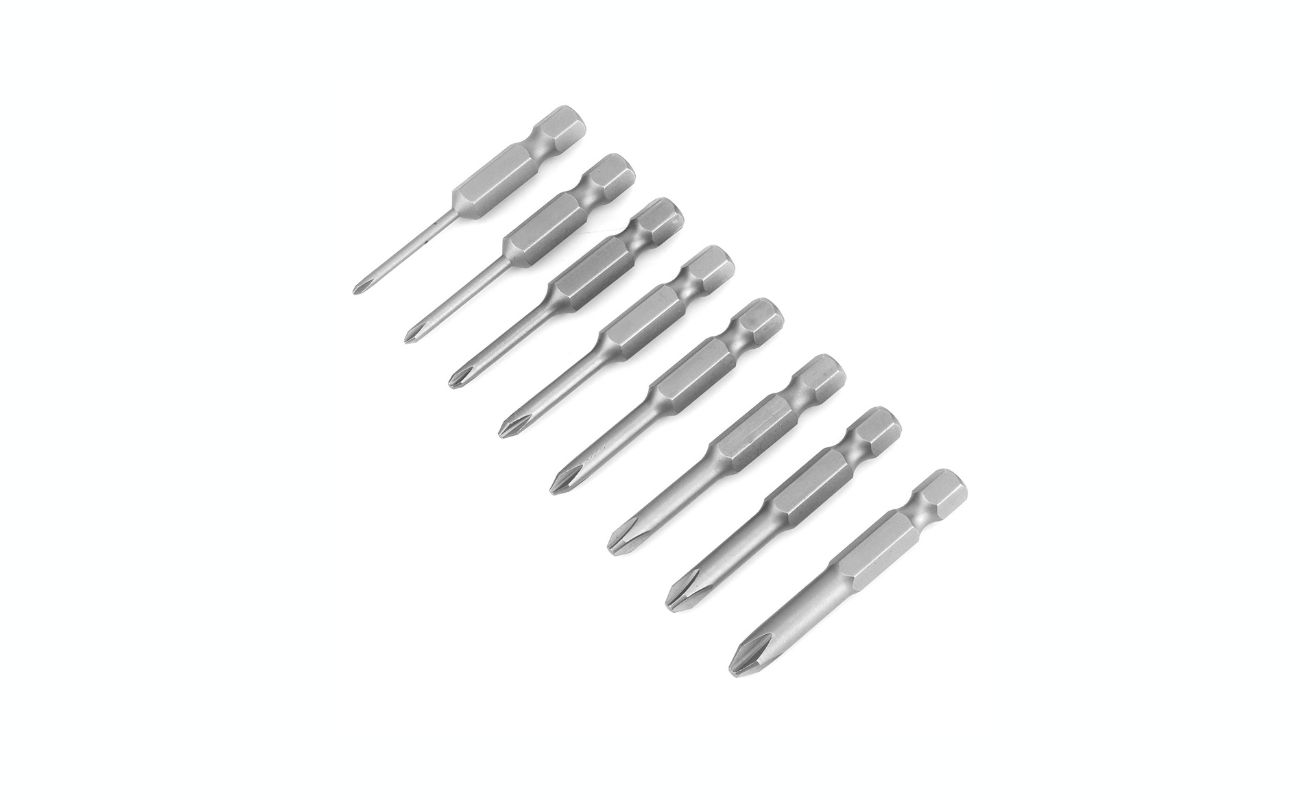

Tools & Equipment
Which Screwdriver Bit To Use
Modified: January 9, 2024
Discover the right screwdriver bit to use for your tools and equipment. Get expert tips on choosing the best bit for your projects. Find the perfect fit for your needs!
(Many of the links in this article redirect to a specific reviewed product. Your purchase of these products through affiliate links helps to generate commission for Storables.com, at no extra cost. Learn more)
Introduction
When it comes to DIY projects or professional endeavors, having the right tools at your disposal is essential for success. One such tool that is indispensable for any toolkit is the screwdriver. However, not all screwdrivers are created equal, and the choice of the appropriate screwdriver bit can make a significant difference in the outcome of your project. In this comprehensive guide, we will explore various types of screwdriver bits, their unique features, and the specific applications they are best suited for. Whether you are a seasoned craftsman or just starting your journey into the world of fix-it-yourself, understanding the nuances of screwdriver bits is crucial for achieving optimal results.
Key Takeaways:
- Choose the right screwdriver bit for your project to ensure efficient and precise fastening, whether it’s assembling furniture or conducting electrical work.
- Each screwdriver bit type offers unique advantages, so understanding their nuances and selecting the appropriate tool is crucial for optimal engagement and preventing potential damage.
Read more: How To Change Screwdriver Bit
Flathead Screwdriver Bit
The flathead screwdriver bit, also known as a slotted screwdriver bit, is one of the most traditional and widely used types of screwdriver bits. It features a simple, straight, and single-slotted design that corresponds to the straight slot on the head of a flathead screw. This bit is characterized by its versatility, as it can be used on a wide range of screws, from small household fixtures to larger industrial applications.
One of the key advantages of the flathead screwdriver bit is its ability to work with screws that have a single straight line across the head, allowing for easy engagement and turning. However, it is important to note that flathead screws are prone to slippage, especially when excessive torque is applied. As a result, using a flathead screwdriver bit requires a steady hand and precise control to prevent damage to the screw or surrounding materials.
Flathead screwdriver bits are commonly employed in woodworking, carpentry, electrical work, and general household maintenance. They are ideal for tasks such as installing light switch plates, tightening cabinet hardware, and assembling furniture. Additionally, the flathead design is often found in older fixtures and vintage equipment, making this type of screwdriver bit a valuable asset for restoration and repair projects.
Despite its widespread use, the flathead screwdriver bit has certain limitations, particularly when it comes to torque transmission and rotational stability. As a result, it may not be the optimal choice for high-torque applications or screws that require significant force to tighten or loosen. In such scenarios, alternative screwdriver bits, such as Phillips or Torx, may offer superior performance and precision.
Overall, the flathead screwdriver bit remains a fundamental tool in any toolkit, offering versatility and compatibility with a wide array of screws. Its straightforward design and broad applicability make it a staple for both amateur DIY enthusiasts and seasoned professionals.
Phillips Screwdriver Bit
The Phillips screwdriver bit, named after its inventor Henry F. Phillips, is a widely used and highly efficient type of screwdriver bit. It features a cross-shaped design with a cruciform slot, allowing for enhanced engagement and reduced slippage compared to traditional flathead screws. The Phillips screwdriver bit is categorized into various sizes, denoted as PH0, PH1, PH2, PH3, and so on, with each size corresponding to specific screw dimensions.
One of the key advantages of the Phillips screwdriver bit is its ability to apply greater torque without the risk of camming out, a common issue associated with flathead screws. The cruciform slot design enables the bit to maintain a secure grip on the screw, minimizing the likelihood of slipping or stripping the head. This feature makes the Phillips screwdriver bit well-suited for applications that require increased rotational force, such as assembling furniture, installing hardware, and working with electrical components.
Another notable characteristic of the Phillips screwdriver bit is its self-centering nature, which facilitates easier positioning and alignment with the screw head. This self-centering attribute streamlines the insertion process, reducing the likelihood of the bit slipping off-center and damaging the surrounding materials. As a result, the Phillips screwdriver bit is favored for precision tasks that demand accuracy and control.
Phillips screwdriver bits are commonly utilized in construction, automotive repair, appliance assembly, and a wide range of industrial applications. They are particularly prevalent in manufacturing and assembly lines, where efficiency and consistency are paramount. The Phillips design’s ability to accommodate higher torque levels and resist slippage makes it an indispensable tool for professionals across various trades.
It is important to note that while the Phillips screwdriver bit offers numerous advantages, it may not be suitable for all types of screws. In instances where a screw head requires additional support to prevent cam-out or accommodate higher torque, alternative screwdriver bits such as Torx or hexagonal bits may be more appropriate.
In summary, the Phillips screwdriver bit stands as a testament to innovative design and practical functionality, catering to a diverse array of fastening needs. Its resilience against slippage, self-centering capability, and compatibility with high-torque applications have solidified its status as a staple tool for professionals and DIY enthusiasts alike.
Torx Screwdriver Bit
The Torx screwdriver bit, also known as a star bit due to its distinct six-pointed star-shaped pattern, represents a significant advancement in fastening technology. Developed by Camcar Textron in the mid-20th century, the Torx design offers several advantages over traditional screw heads, making it a popular choice in industries that demand precision, security, and torque transfer efficiency.
One of the key features of the Torx screwdriver bit is its enhanced resistance to cam-out, a common issue encountered with Phillips and flathead screws. The six-pointed star configuration provides a larger surface area for the screwdriver bit to engage with the screw, reducing the risk of slippage and minimizing wear on the fastening components. This attribute makes the Torx screwdriver bit well-suited for high-torque applications, where reliable and secure fastening is paramount.
Furthermore, the Torx design’s ability to distribute torque evenly across all six points of contact enhances the overall stability and durability of the fastening system. This characteristic is particularly advantageous in industries such as automotive manufacturing, aerospace engineering, and precision equipment assembly, where consistent torque transmission is essential for maintaining structural integrity and operational reliability.
Another notable advantage of the Torx screwdriver bit is its tamper-resistant variants, which feature a post in the center of the screw head, requiring a specialized security Torx bit for removal. This added layer of security makes Torx screws and their corresponding screwdriver bits valuable in applications that necessitate protection against unauthorized access or tampering, such as electronic devices, machinery, and sensitive equipment.
Despite its widespread use in industrial settings, the Torx screwdriver bit has also found its way into consumer products, including bicycles, electronics, and furniture assembly. The versatility and robustness of the Torx design have contributed to its growing popularity among DIY enthusiasts and homeowners seeking reliable and secure fastening solutions.
It is important to note that the Torx screwdriver bit is available in various sizes, denoted as T5, T10, T15, T20, and so on, to accommodate different screw dimensions. Selecting the appropriate Torx bit size is crucial for achieving optimal engagement and preventing potential damage to the screw head.
In summary, the Torx screwdriver bit exemplifies precision engineering and innovative design, offering superior torque transmission, resistance to cam-out, and tamper-resistant features. Its widespread adoption across diverse industries underscores its importance in achieving dependable and secure fastening solutions.
When choosing a screwdriver bit, match the bit type to the screw head. For example, use a Phillips bit for Phillips screws and a flathead bit for flathead screws. Using the wrong bit can damage the screw and make it difficult to remove.
Hex Screwdriver Bit
The hex screwdriver bit, characterized by its hexagonal-shaped tip, is a versatile and robust fastening tool that has gained widespread popularity in both professional and DIY settings. The hex design, featuring six flat sides, provides multiple points of contact with the screw head, offering enhanced stability, torque transfer efficiency, and resistance to slippage.
One of the key advantages of the hex screwdriver bit is its compatibility with hex socket screws, also known as Allen screws, which are prevalent in a wide range of applications, including furniture assembly, bicycle maintenance, automotive repair, and machinery construction. The hexagonal shape of the screw head allows for increased torque application without the risk of cam-out, making the hex screwdriver bit an ideal choice for tasks that demand reliable and consistent fastening.
Furthermore, the hex screwdriver bit’s ability to accommodate higher torque levels and provide a secure grip on the screw head makes it well-suited for heavy-duty applications, such as industrial equipment assembly, construction, and mechanical repairs. The hex design’s inherent stability and resistance to wear make it a preferred choice in environments where precision and durability are essential.
In addition to its practical applications, the hex screwdriver bit is available in a variety of sizes, denoted as 1/4″, 3/8″, 5/16″, and so on, to correspond with different screw dimensions. This versatility ensures that users can select the appropriate bit size to achieve optimal engagement and prevent potential damage to the screw head, thereby enhancing overall efficiency and safety.
Moreover, the hex screwdriver bit is compatible with a wide range of hand tools and power tools, including screwdriver handles, electric drills, impact drivers, and pneumatic wrenches, further expanding its utility and convenience in various work settings.
While the hex screwdriver bit excels in many applications, it is important to exercise caution when using it with delicate materials or components, as the increased torque capability may lead to over-tightening and potential damage. Additionally, ensuring proper alignment and engagement with the screw head is crucial for preventing slippage and maintaining the integrity of the fastening system.
In summary, the hex screwdriver bit stands as a testament to practical design and robust functionality, offering exceptional stability, torque transfer efficiency, and compatibility with a wide array of fastening needs. Its versatility and reliability have cemented its status as an indispensable tool for professionals and DIY enthusiasts seeking dependable and secure fastening solutions.
Read more: How To Put A Screwdriver Bit Into A Drill
Square Screwdriver Bit
The square screwdriver bit, featuring a square-shaped tip, represents a versatile and efficient tool for fastening applications across various industries and DIY projects. The square design, characterized by its four equal sides, provides multiple points of contact with the screw head, offering enhanced stability, torque transfer efficiency, and resistance to slippage.
One of the key advantages of the square screwdriver bit is its compatibility with square socket screws, commonly known as Robertson screws. This type of fastener is prevalent in construction, woodworking, and electrical installations, where secure and reliable fastening is essential. The square design of the screw head allows for increased torque application without the risk of cam-out, making the square screwdriver bit an ideal choice for tasks that demand precision and durability.
Furthermore, the square screwdriver bit’s ability to resist slippage and provide a secure grip on the screw head makes it well-suited for heavy-duty applications, such as deck construction, cabinetry assembly, and structural installations. The square design’s inherent stability and resistance to wear make it a preferred choice in environments where consistent and secure fastening is paramount.
In addition to its practical applications, the square screwdriver bit is available in various sizes, denoted as #0, #1, #2, #3, and so on, to correspond with different screw dimensions. This versatility ensures that users can select the appropriate bit size to achieve optimal engagement and prevent potential damage to the screw head, thereby enhancing overall efficiency and safety.
Moreover, the square screwdriver bit is compatible with a wide range of hand tools and power tools, including screwdriver handles, electric drills, impact drivers, and pneumatic wrenches, further expanding its utility and convenience in various work settings.
While the square screwdriver bit excels in many applications, it is important to exercise caution when using it with delicate materials or components, as the increased torque capability may lead to over-tightening and potential damage. Additionally, ensuring proper alignment and engagement with the screw head is crucial for preventing slippage and maintaining the integrity of the fastening system.
In summary, the square screwdriver bit exemplifies practical design and robust functionality, offering exceptional stability, torque transfer efficiency, and compatibility with a wide array of fastening needs. Its versatility and reliability have cemented its status as an indispensable tool for professionals and DIY enthusiasts seeking dependable and secure fastening solutions.
Conclusion
As we conclude our exploration of various screwdriver bits, it becomes evident that each type offers unique advantages and applications, catering to diverse fastening needs across industries and DIY projects. The flathead screwdriver bit, with its simple yet versatile design, remains a fundamental tool for general-purpose tasks and vintage fixtures. In contrast, the Phillips screwdriver bit, renowned for its resistance to slippage and self-centering capability, excels in precision applications and high-torque scenarios. The Torx screwdriver bit, characterized by its six-pointed star shape, represents a significant advancement in fastening technology, offering enhanced torque transmission, resistance to cam-out, and tamper-resistant features. The hex screwdriver bit, featuring a hexagonal tip, stands out for its compatibility with hex socket screws, providing exceptional stability, torque transfer efficiency, and versatility across various work settings. Lastly, the square screwdriver bit, with its square-shaped tip, offers reliable and secure fastening solutions, particularly in construction, woodworking, and structural installations.
It is crucial for professionals and DIY enthusiasts to understand the nuances of each screwdriver bit type and select the appropriate tool for specific fastening requirements. Whether it’s assembling furniture, conducting electrical work, or engaging in industrial applications, the right screwdriver bit can significantly impact the efficiency, precision, and durability of the fastening process.
Furthermore, the compatibility of screwdriver bits with a wide range of hand tools and power tools, including electric drills, impact drivers, and pneumatic wrenches, underscores their versatility and convenience in various work settings. Selecting the correct bit size and exercising caution when applying torque are essential practices to ensure optimal engagement and prevent potential damage to fasteners and surrounding materials.
In essence, screwdriver bits embody the marriage of practical design and engineering ingenuity, offering solutions that address the evolving demands of fastening technology. By leveraging the unique features and capabilities of each screwdriver bit type, professionals and DIY enthusiasts can achieve reliable, secure, and precise fastening outcomes across an array of applications.
As we continue to innovate and refine fastening technologies, the evolution of screwdriver bits will undoubtedly play a pivotal role in shaping the future of construction, manufacturing, and DIY endeavors, empowering individuals and industries to tackle fastening challenges with confidence and efficiency.
Frequently Asked Questions about Which Screwdriver Bit To Use
Was this page helpful?
At Storables.com, we guarantee accurate and reliable information. Our content, validated by Expert Board Contributors, is crafted following stringent Editorial Policies. We're committed to providing you with well-researched, expert-backed insights for all your informational needs.
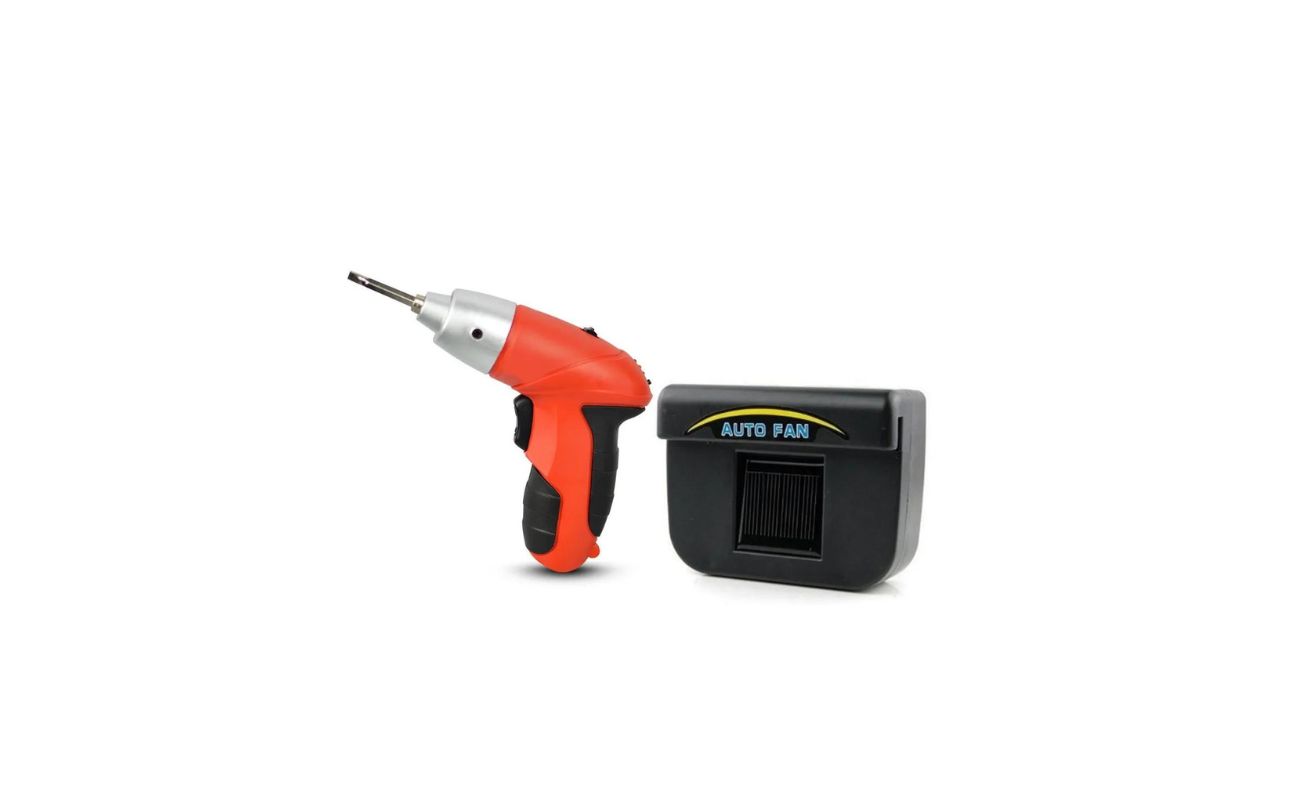
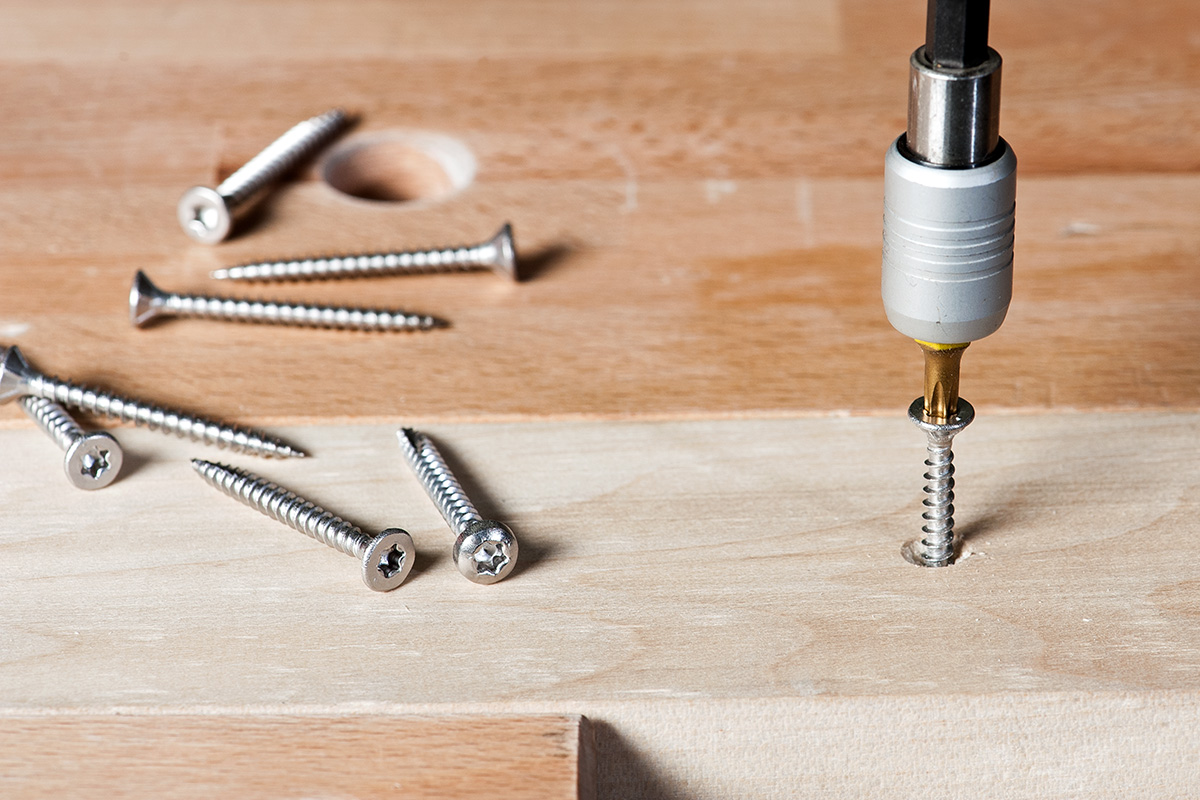
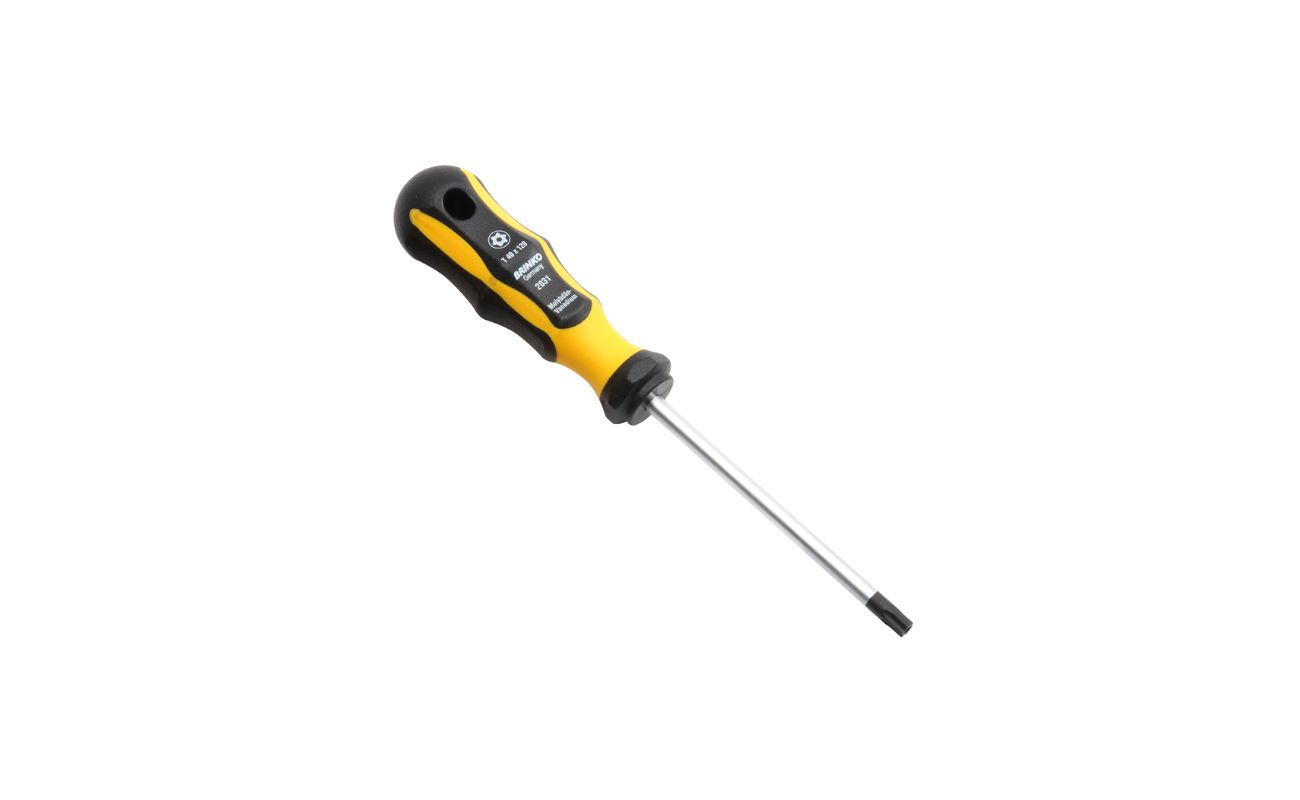
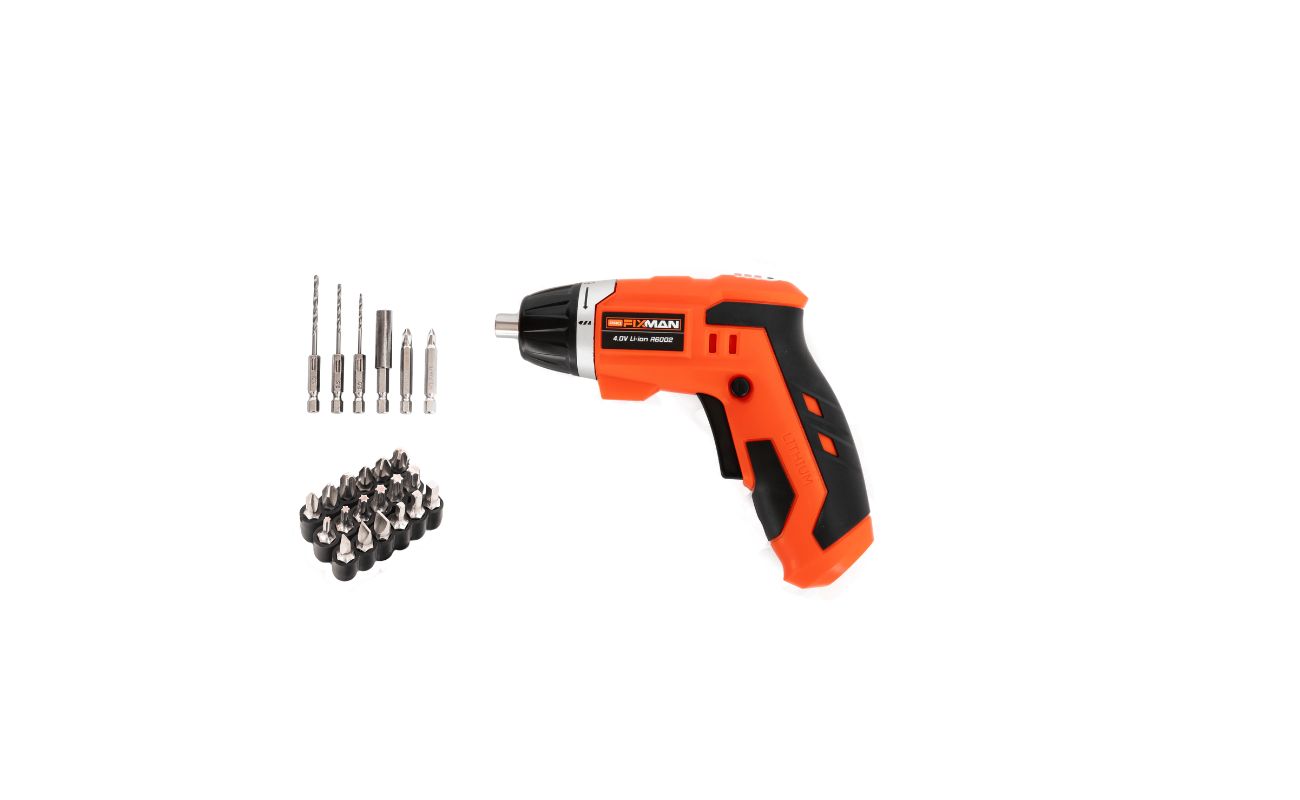
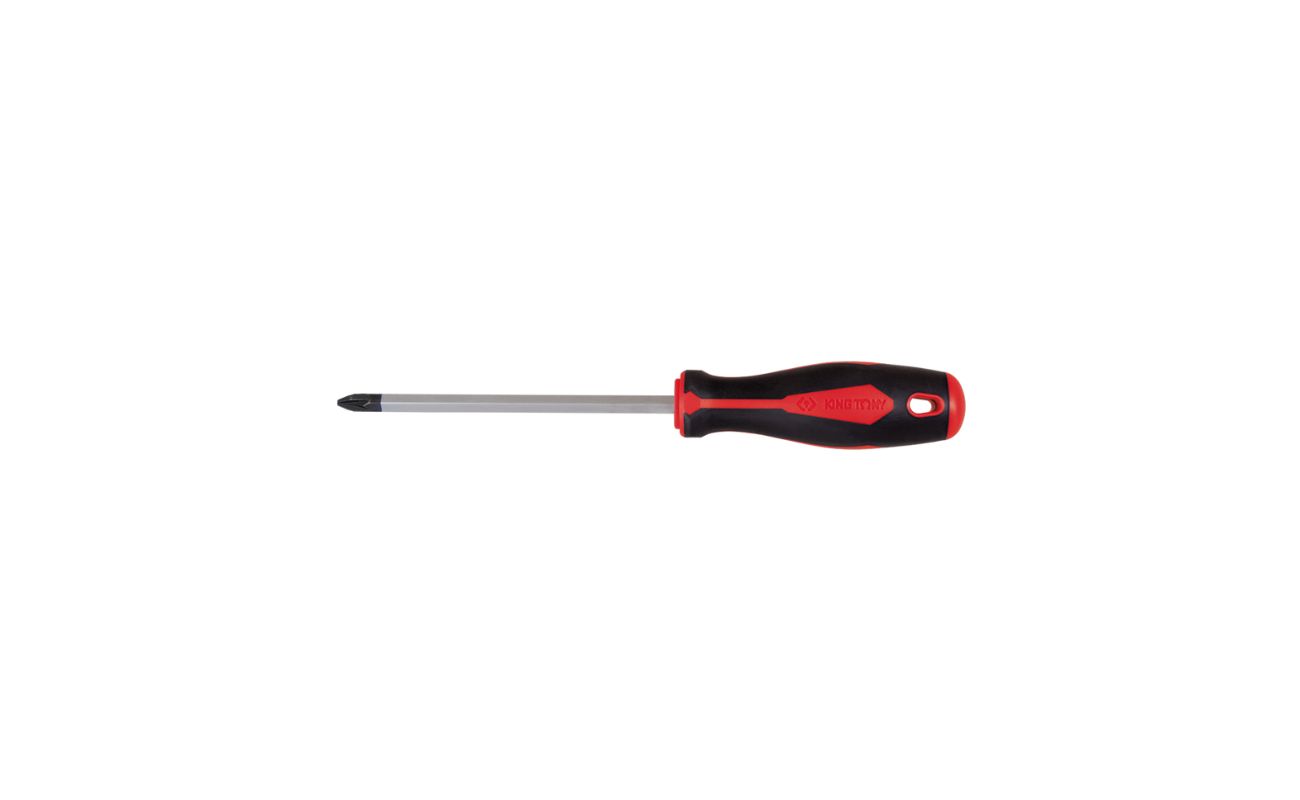
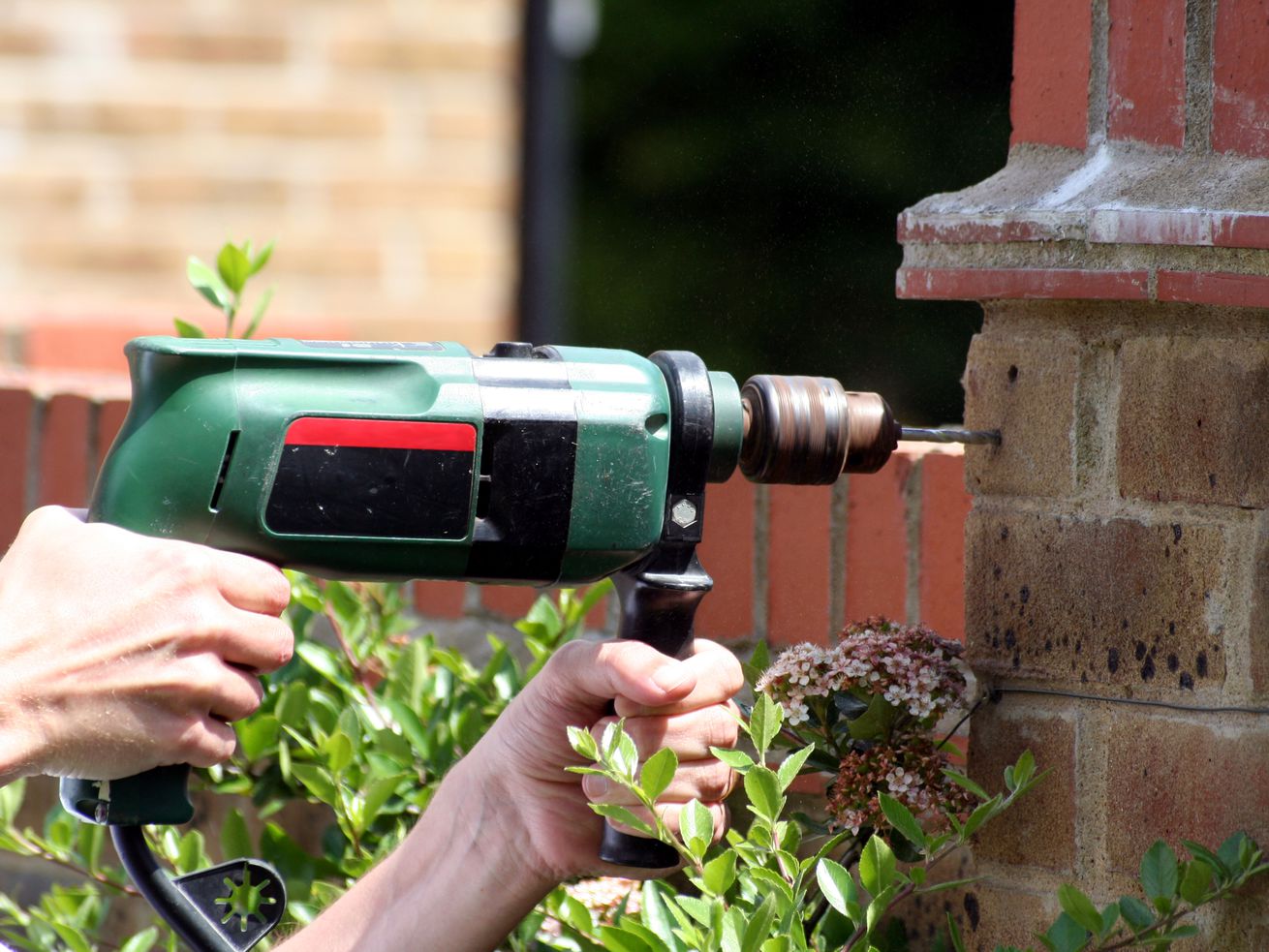
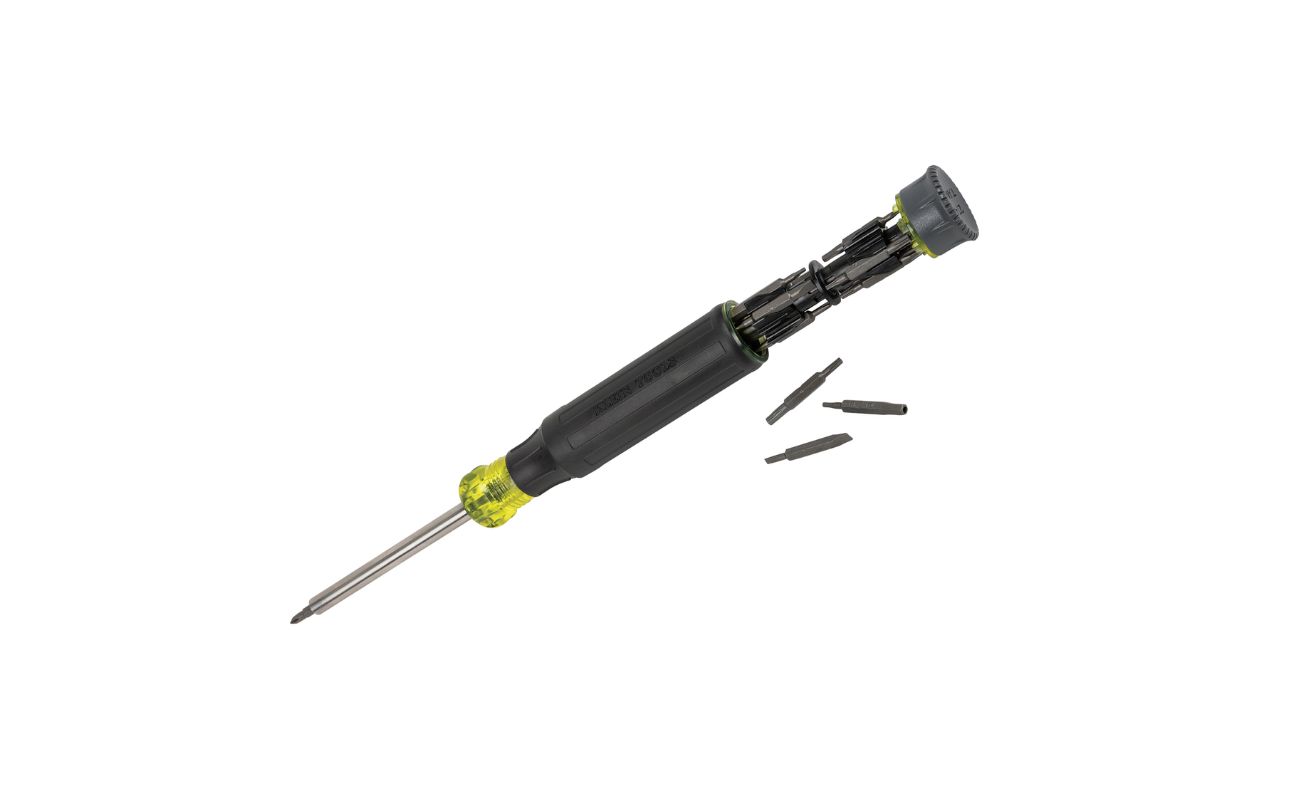
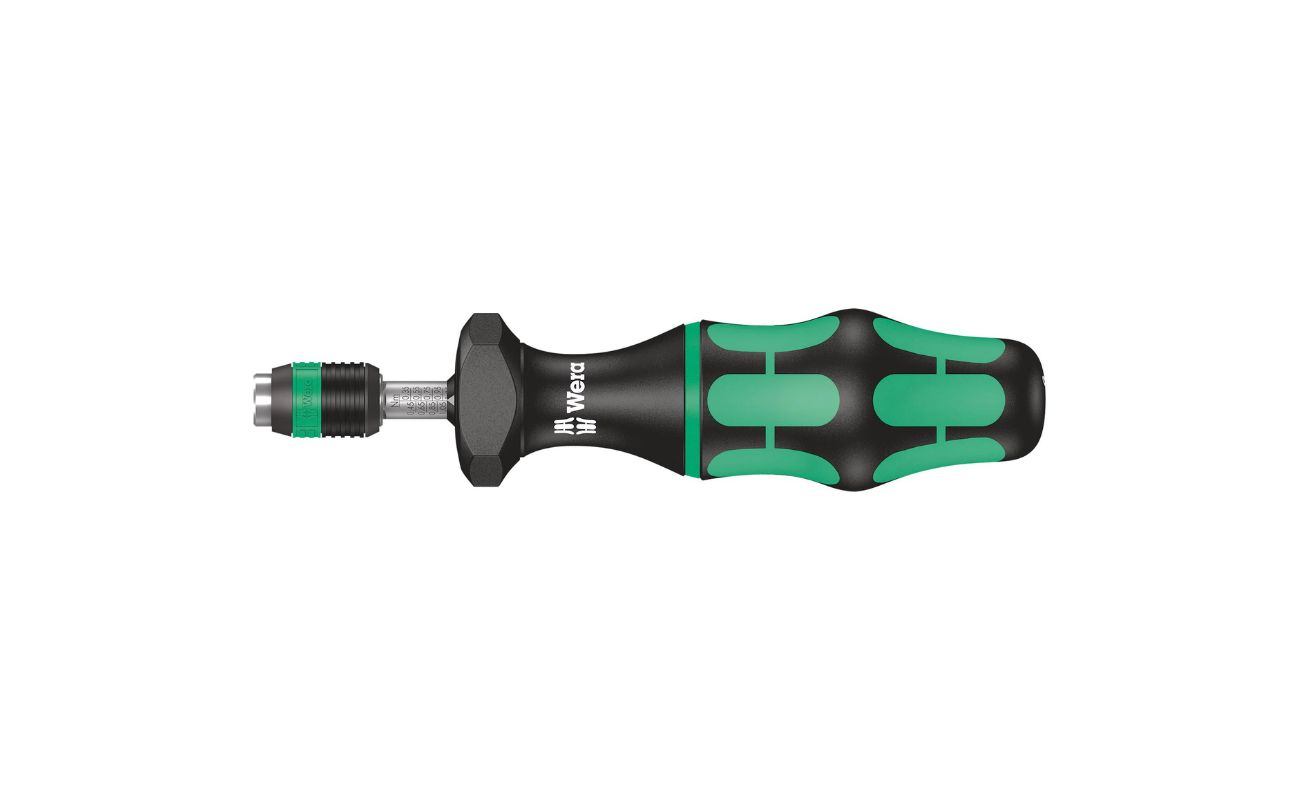
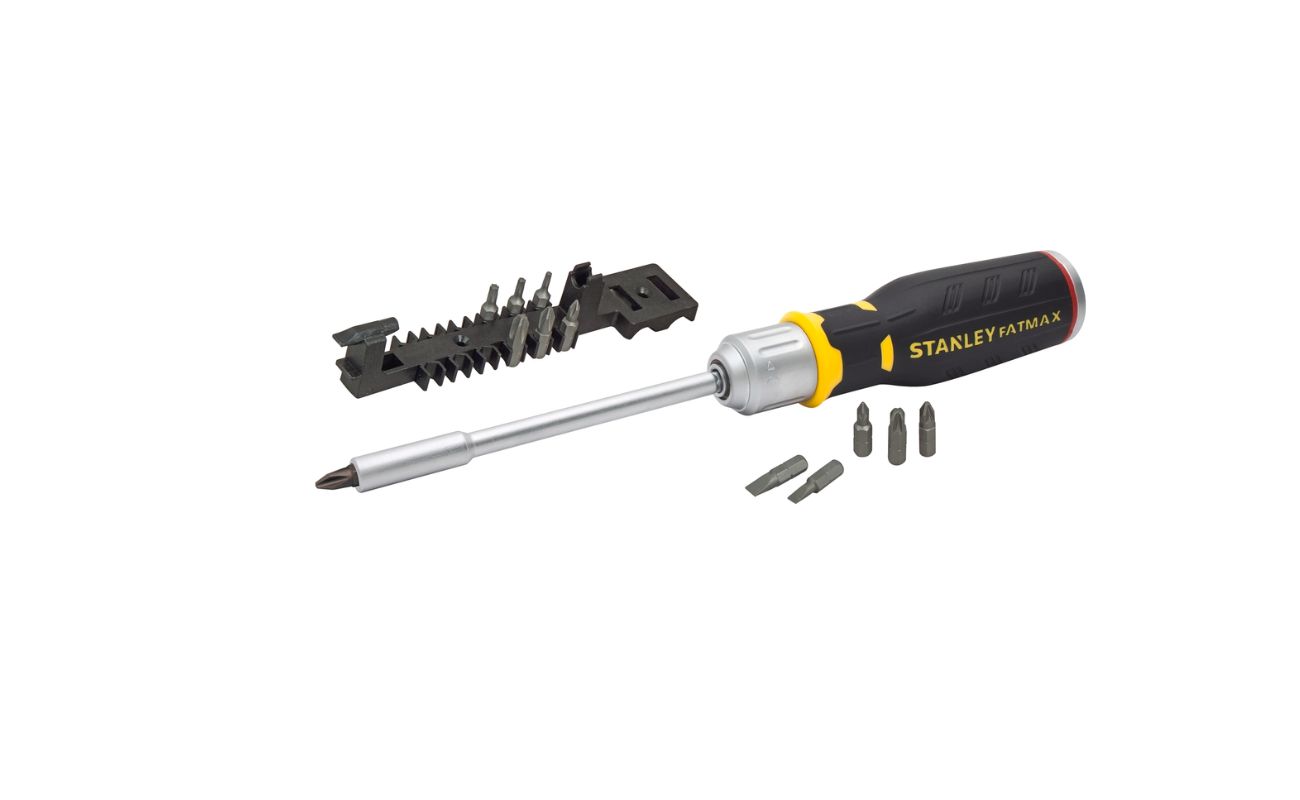
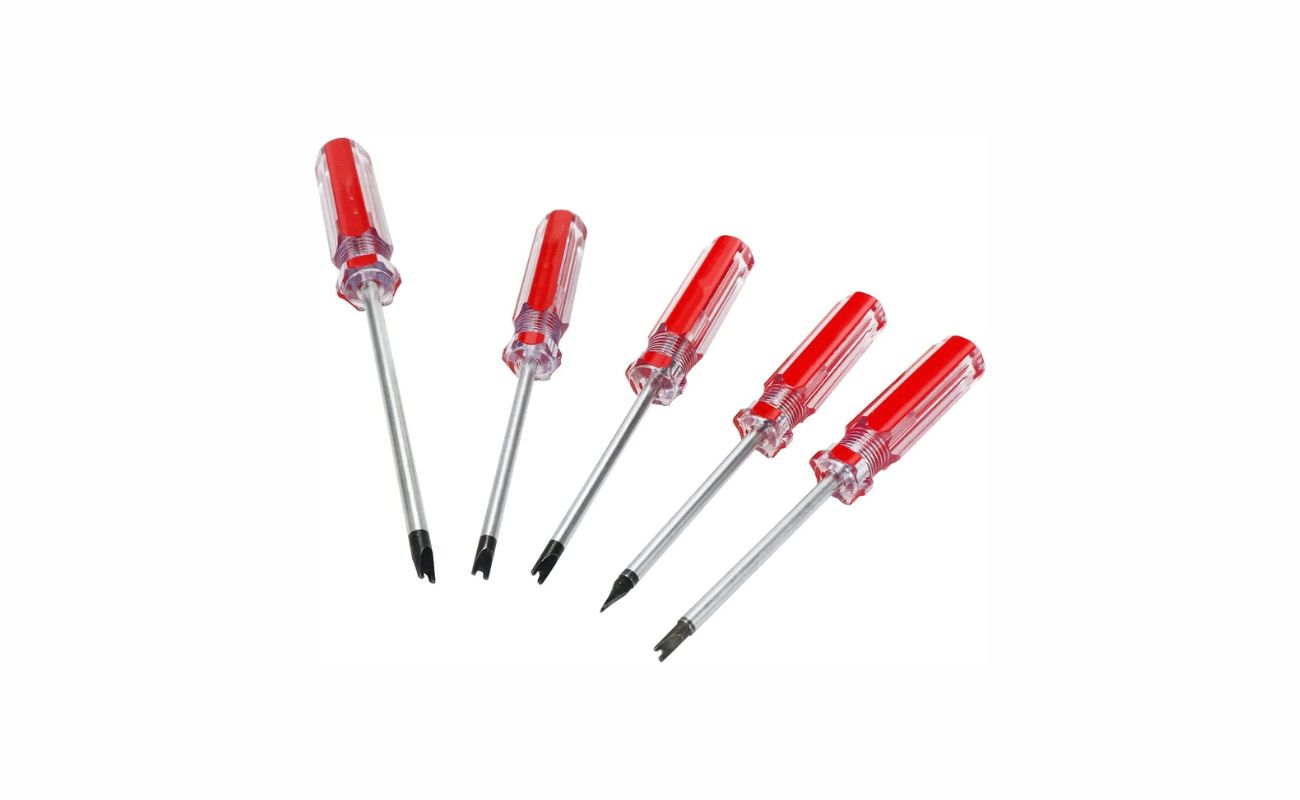
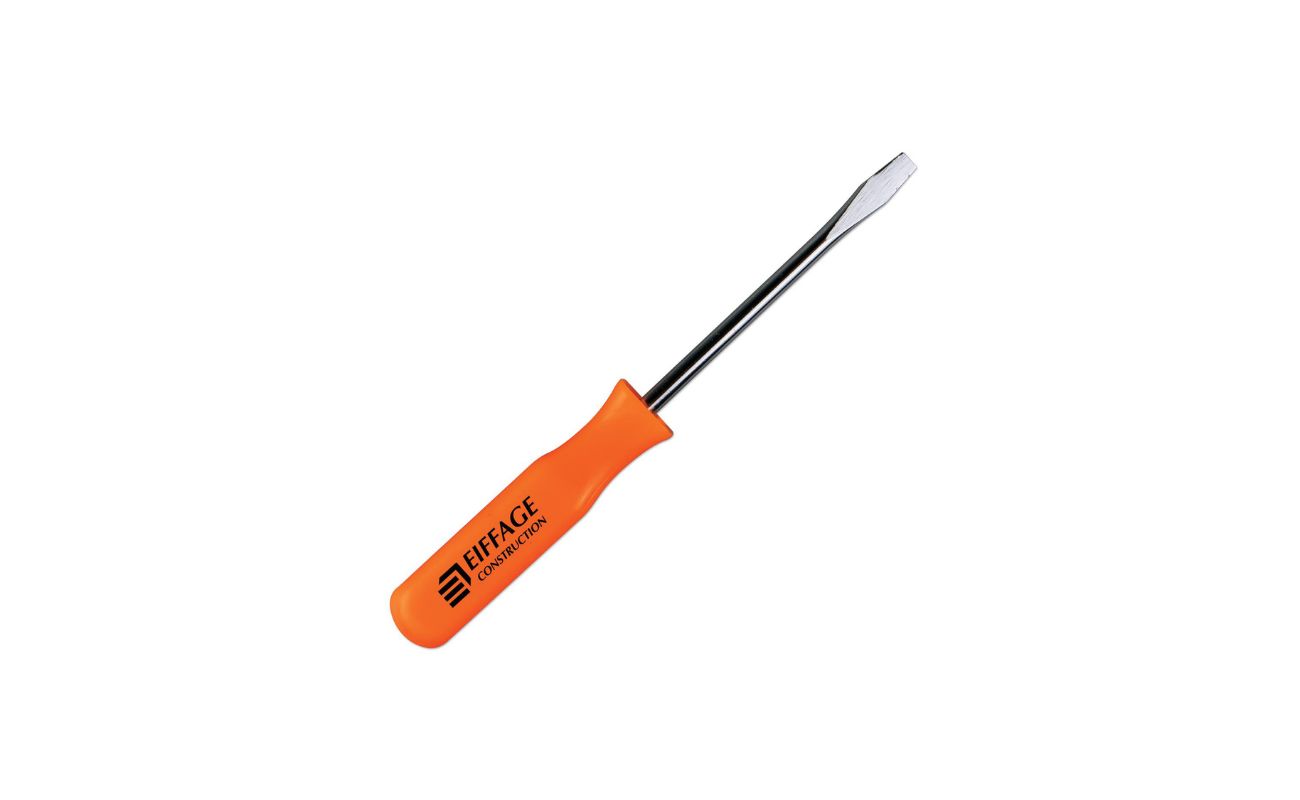
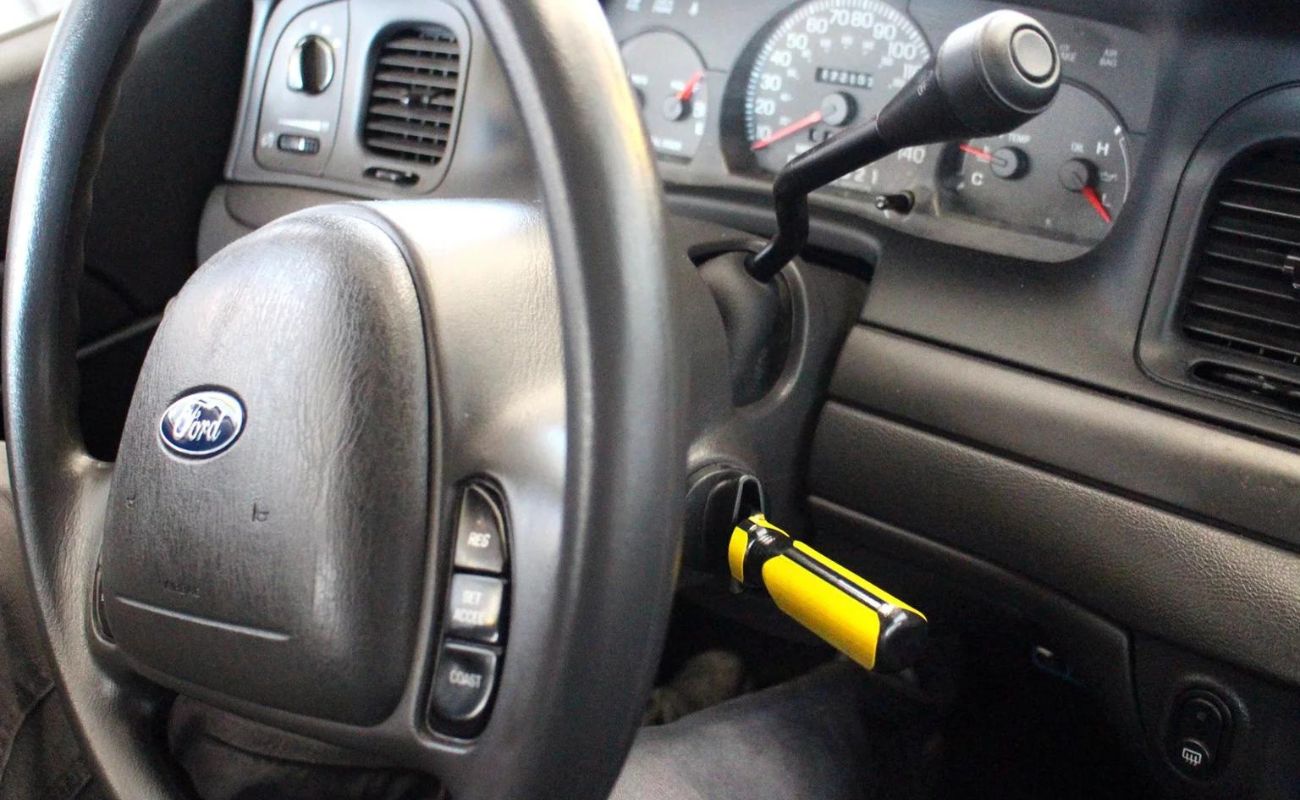
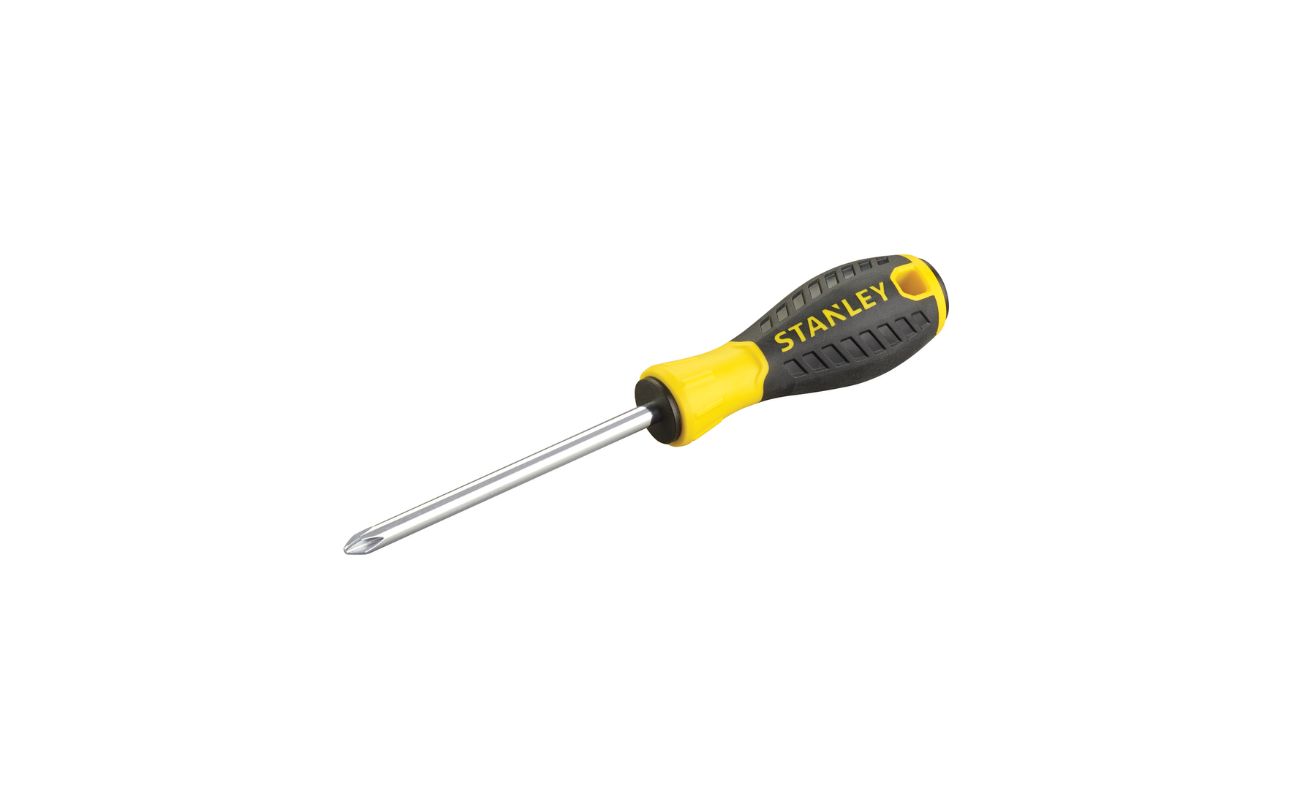
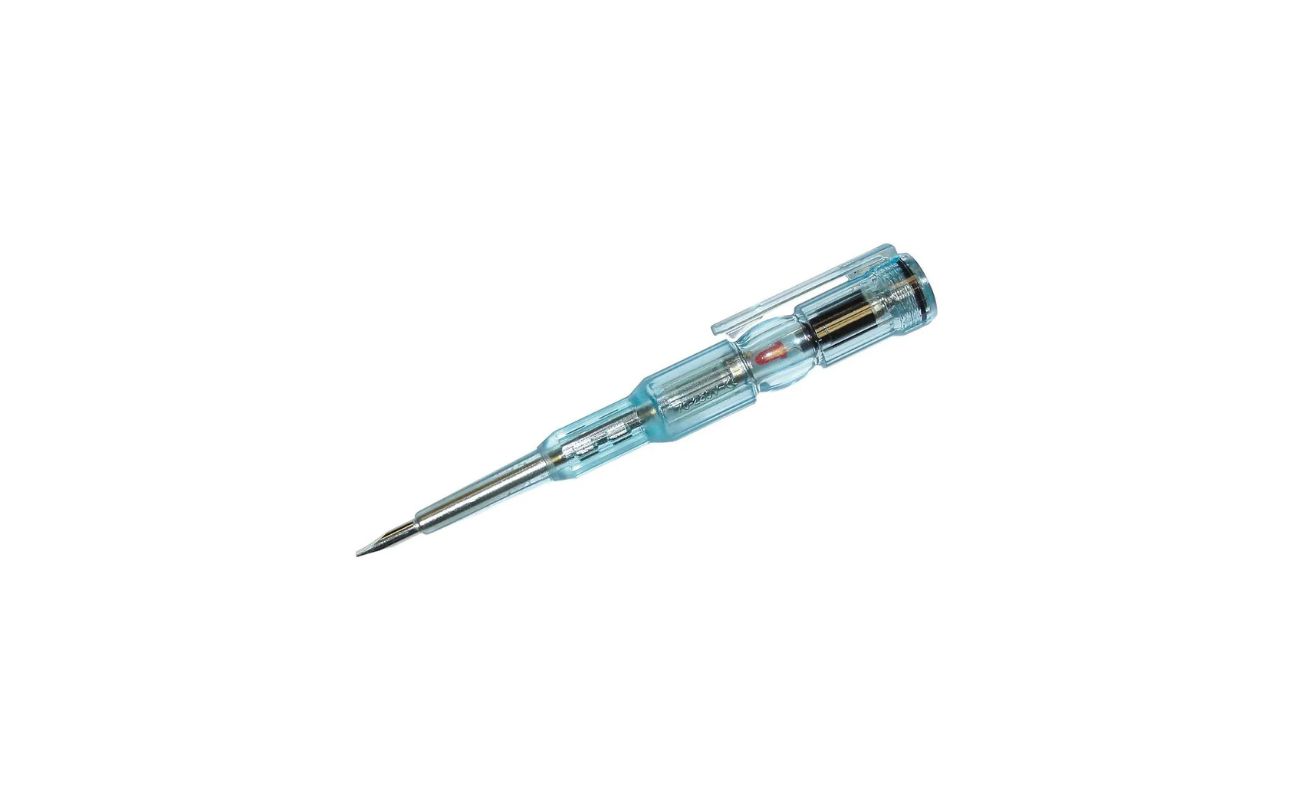

0 thoughts on “Which Screwdriver Bit To Use”